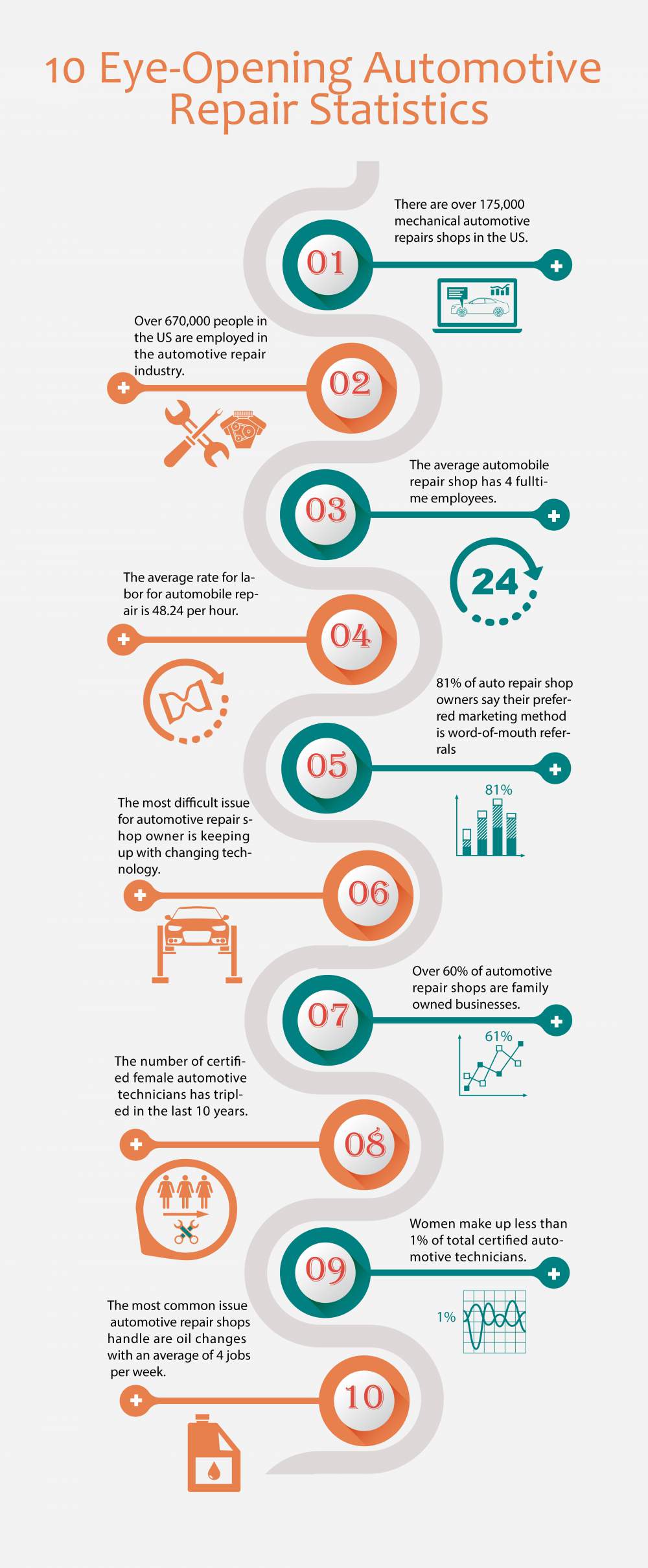Understanding Your Vehicle'S Caution Lights: What Do They Really Mean?
Understanding Your Vehicle'S Caution Lights: What Do They Really Mean?
Blog Article
Article By-Boye Forbes
When you're behind the wheel, those radiant warning lights on your control panel can be a bit puzzling. Do you know what they're trying to tell you about your vehicle's wellness? Comprehending the relevance of these lights is essential for your safety and the long life of your automobile. So, the following time one of those lights pops up, wouldn't you intend to decipher its message accurately and take the essential actions to address it?
Common Warning Lighting and Interpretations
Recognize usual caution lights in your vehicle and comprehend their significances to ensure risk-free driving.
The most regular warning lights consist of the check engine light, which signals concerns with the engine or discharges system. If this light comes on, it's crucial to have your vehicle checked quickly.
The oil stress alerting light suggests reduced oil pressure, needing immediate interest to avoid engine damage.
A flashing battery light may suggest a faulty billing system, potentially leaving you stranded if not attended to.
The tire stress surveillance system (TPMS) light informs you to low tire pressure, affecting car security and gas efficiency. Ignoring this might lead to risky driving problems.
The abdominal muscle light shows a trouble with the anti-lock stopping system, jeopardizing your ability to quit swiftly in emergencies.
Last but not least, the coolant temperature cautioning light warns of engine getting too hot, which can result in severe damage otherwise resolved swiftly.
Understanding these usual warning lights will assist you address problems promptly and preserve risk-free driving conditions.
Relevance of Prompt Interest
Understanding the typical caution lights in your automobile is only the very first step; the significance of quickly addressing these cautions can not be emphasized enough to guarantee your safety when traveling.
When a caution light brightens on your control panel, it's your auto's method of communicating a potential concern that needs focus. Overlooking these cautions can result in more extreme problems in the future, jeopardizing your security and possibly costing you a lot more out of commission.
motorhome wash and wax near me to cautioning lights can stop breakdowns and crashes. For instance, a blinking check engine light might indicate a misfire that, if left ignored, can create damages to the catalytic converter. Addressing this promptly can save you from a pricey repair.
Likewise, a brake system alerting light might signify reduced brake liquid or worn brake pads, critical components for your safety when driving.
Do It Yourself Troubleshooting Tips
If you observe a warning light on your dashboard, there are a couple of DIY troubleshooting pointers you can try before looking for professional assistance.
car cut and polish auckland is to consult your auto's handbook to comprehend what the specific warning light suggests. Sometimes cardetailers can be as basic as a loosened gas cap causing the check engine light. Tightening the gas cap may fix the issue.
An additional typical problem is a low battery, which can activate numerous alerting lights. Inspecting the battery connections for deterioration and guaranteeing they're protected may repair the trouble.
If a warning light continues, you can try resetting it by separating the car's battery for a few mins and after that reconnecting it. Additionally, examining your car's fluid degrees, such as oil, coolant, and brake liquid, can assist repair warning lights associated with these systems.
https://cheap-oil-change-near-me30627.blog-a-story.com/12608600/exactly-how-to-pick-the-right-car-explaining-service-for-your-requirements
To conclude, recognizing your vehicle's warning lights is vital for maintaining your car running smoothly and safely. By quickly addressing these alerts and understanding what they mean, you can avoid costly repairs and prospective malfunctions.
Bear in mind to consult your cars and truck's manual for specific details on each alerting light and act accordingly to ensure a hassle-free driving experience.
Stay educated, remain secure when driving!
